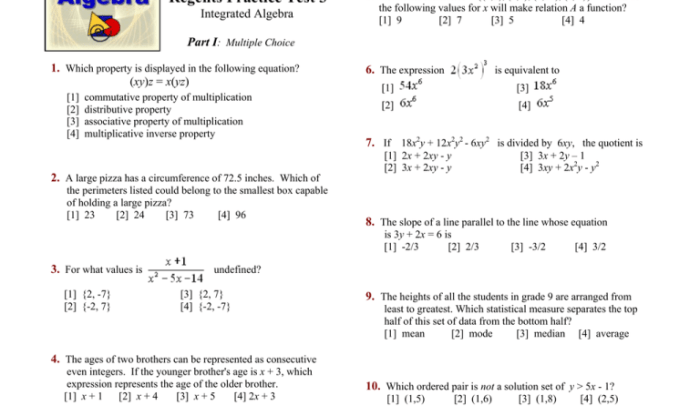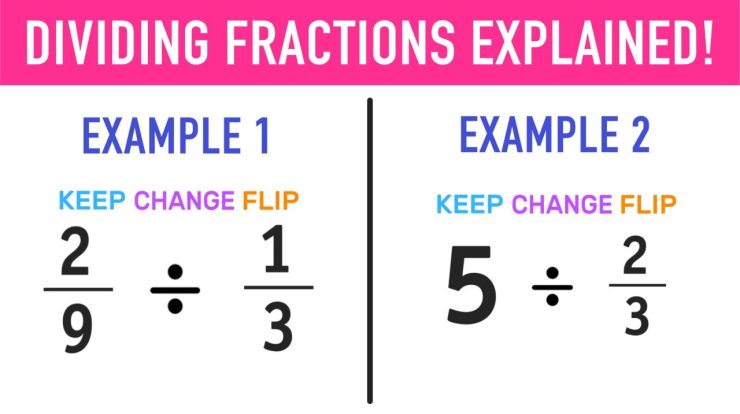Calculus 5th edition james stewart – Calculus 5th Edition by James Stewart is an exceptional textbook that provides a comprehensive and engaging exploration of the fundamental concepts of calculus. With its clear explanations, abundant examples, and a focus on real-world applications, this book empowers students to develop a deep understanding of the subject matter.
Authored by the renowned mathematician James Stewart, this textbook has earned widespread recognition for its pedagogical excellence. Stewart’s expertise shines through in the well-organized structure, intuitive explanations, and carefully crafted exercises that guide students through the intricacies of calculus.
Introduction to Calculus, 5th Edition by James Stewart: Calculus 5th Edition James Stewart
James Stewart’s “Calculus, 5th Edition” is a comprehensive and widely-used textbook designed to provide a solid foundation in calculus for students of mathematics, science, and engineering. The book is renowned for its clear explanations, engaging examples, and a logical progression of concepts.
paragraphThis edition incorporates feedback from instructors and students to enhance its pedagogical effectiveness. It features updated examples, improved graphics, and additional exercises to reinforce understanding. The book’s organization and content are tailored to meet the needs of students taking a three- or four-semester calculus sequence.
Author’s Credentials and Experience
James Stewart is a highly respected mathematician and author with extensive experience in teaching and research. He has authored several successful textbooks in calculus and related fields, which have been translated into multiple languages. Stewart’s contributions to the field of calculus have earned him numerous awards and accolades, including the prestigious Euler Book Prize from the Mathematical Association of America.
Content and Structure of the Book
James Stewart’s Introduction to Calculus, 5th Edition, is a comprehensive textbook designed for a one-semester or two-quarter calculus course. The book is organized into 12 chapters, each of which is further divided into sections and subsections.
Organization of the Book
The book begins with a brief overview of the history of calculus and its applications. The first four chapters cover the basic concepts of calculus, including limits, derivatives, and integrals. Chapters 5-8 delve into more advanced topics, such as infinite series, vectors, and partial derivatives.
The final four chapters cover applications of calculus to physics, engineering, and other fields.
Key Concepts and Theorems
Each chapter in the book covers a specific set of key concepts and theorems. For example, Chapter 2 on Limits introduces the concept of a limit and discusses various techniques for evaluating limits. Chapter 3 on Derivatives introduces the derivative and discusses its applications to finding slopes of curves and rates of change.
Chapter 4 on Integrals introduces the integral and discusses its applications to finding areas and volumes.
Pedagogical Approach
Stewart’s Introduction to Calculus is known for its clear and concise writing style. The book uses numerous examples, exercises, and applications to illustrate the concepts being discussed. The book also includes a variety of pedagogical features, such as marginal notes, summaries, and review exercises, to help students learn and retain the material.
Mathematical Concepts and Applications
Introduction to Calculus, 5th Edition by James Stewart delves into the core mathematical concepts that underpin calculus, providing a solid foundation for students. These concepts are not just theoretical abstractions but have profound applications in various fields, empowering individuals to solve real-world problems and gain insights into complex phenomena.
The book covers a comprehensive range of topics, including limits, derivatives, integrals, and sequences. Each concept is presented with clarity and rigor, building upon students’ prior knowledge and gradually introducing more advanced material. Stewart’s writing style is engaging and accessible, making even complex topics understandable.
Limits
Limits are fundamental in calculus, representing the behavior of functions as their inputs approach specific values. They provide a way to determine whether functions have finite or infinite values at particular points and are crucial for understanding continuity and differentiability.
Derivatives
Derivatives measure the rate of change of functions, providing valuable insights into the behavior of functions. They are used extensively in physics to analyze motion, in engineering to design structures, and in economics to model market behavior.
Integrals
Integrals are the inverse operations of derivatives, representing the accumulation of quantities over an interval. They are used to calculate areas, volumes, and other important quantities in various fields, including physics, engineering, and biology.
Sequences, Calculus 5th edition james stewart
Sequences are ordered sets of numbers that can converge or diverge as their terms approach infinity. They are used to model real-world phenomena such as population growth, radioactive decay, and financial markets.
Prerequisites and Mathematical Rigor
To effectively understand the material in Introduction to Calculus, 5th Edition, students should have a strong foundation in algebra, trigonometry, and pre-calculus. The book assumes a certain level of mathematical maturity and logical reasoning, requiring students to think critically and apply abstract concepts to concrete problems.
Features and Resources
In addition to the comprehensive content, the 5th edition of James Stewart’s Introduction to Calculus offers a range of additional features and resources to enhance the learning experience and support student success.
These features include online homework systems, interactive simulations, and a variety of study aids, all designed to help students master the concepts and applications of calculus.
Online Homework Systems
The book is integrated with online homework systems, such as WebAssign and MyMathLab, which provide students with access to a wealth of practice problems and interactive exercises.
These systems offer immediate feedback on student responses, allowing them to identify areas where they need additional support and to track their progress throughout the course.
Interactive Simulations
The book also includes access to a variety of interactive simulations, which allow students to visualize and explore mathematical concepts in a dynamic and engaging way.
These simulations are particularly helpful for understanding complex topics, such as limits, derivatives, and integrals.
Study Aids
In addition to the online resources, the book also provides a variety of study aids, such as chapter summaries, practice exercises, and review questions.
These materials help students reinforce their understanding of the material and prepare for exams.
Availability in Different Formats
Introduction to Calculus, 5th Edition is available in a variety of formats, including print, e-book, and online access.
This allows students to choose the format that best suits their learning style and preferences.
Critical Analysis and Evaluation
Stewart’s Calculus, 5th Edition is a comprehensive and well-written textbook that provides a solid foundation in calculus. It is well-organized and easy to follow, with clear explanations and numerous examples.
One of the strengths of this book is its thorough coverage of the subject matter. It covers all the major topics in calculus, from limits and derivatives to integrals and differential equations. The explanations are clear and concise, and the examples are helpful in illustrating the concepts.
Comparison to Other Calculus Textbooks
Compared to other calculus textbooks, Stewart’s Calculus is more comprehensive and in-depth. It covers a wider range of topics and provides more detailed explanations. However, this also makes it a more challenging book for students who are new to calculus.
In terms of pedagogy, Stewart’s Calculus is well-organized and easy to follow. The chapters are well-structured, with clear headings and subheadings. The examples are helpful in illustrating the concepts, and the exercises are well-graded.
Suitability for Different Learners
Stewart’s Calculus is suitable for a wide range of learners, from high school students to college students. It is also suitable for self-study. The clear explanations and numerous examples make it easy for students to learn the material on their own.
However, it is important to note that Stewart’s Calculus is a challenging book. Students who are new to calculus may find it difficult to keep up with the pace of the material. It is important for students to be prepared to work hard and to seek help from their instructor or a tutor if they need it.
User Queries
What is the target audience for Calculus 5th Edition by James Stewart?
This textbook is primarily intended for students enrolled in introductory calculus courses at the college or university level.
What are the key features of Calculus 5th Edition by James Stewart?
The book features a logical organization, abundant examples, engaging exercises, and a focus on real-world applications.
What are the prerequisites for understanding Calculus 5th Edition by James Stewart?
A solid foundation in algebra and trigonometry is recommended.
Is Calculus 5th Edition by James Stewart available in different formats?
Yes, the book is available in print, e-book, and online access formats.


